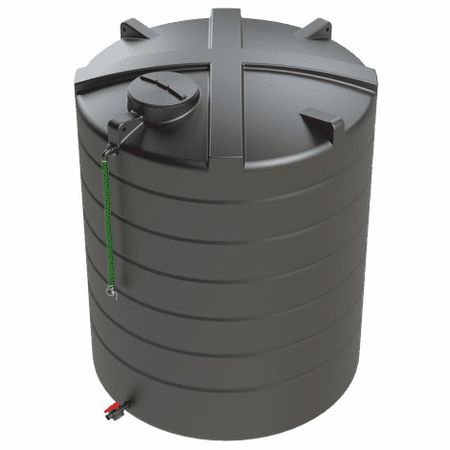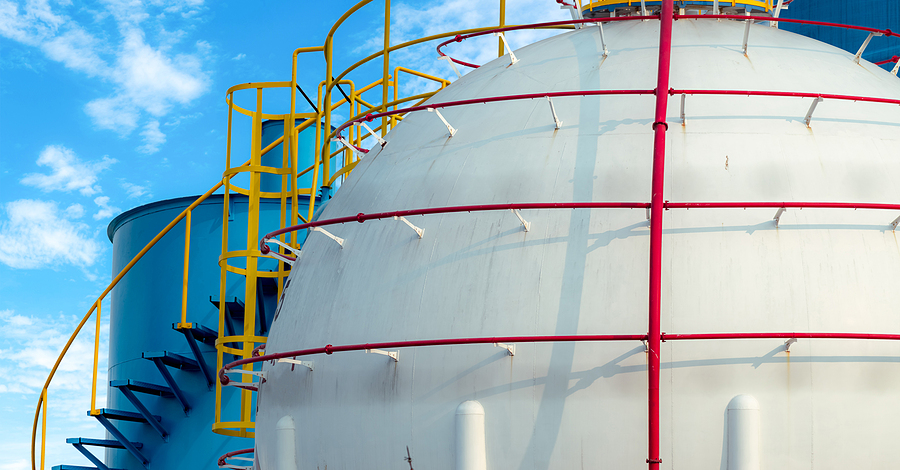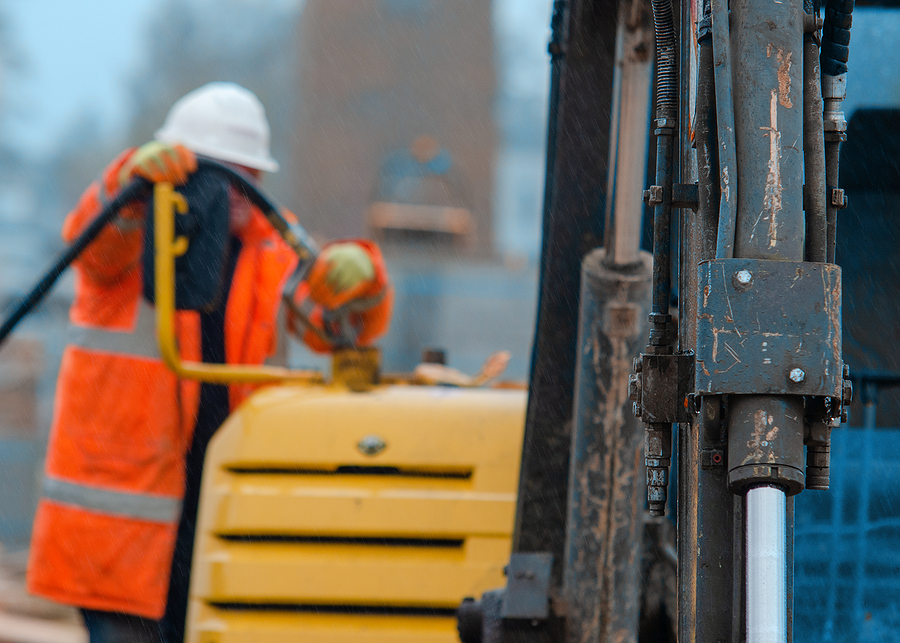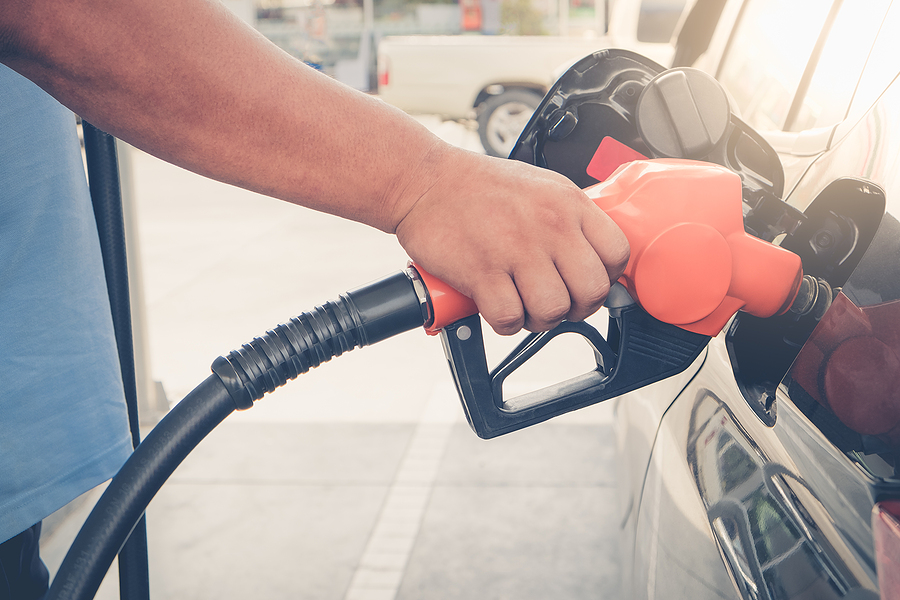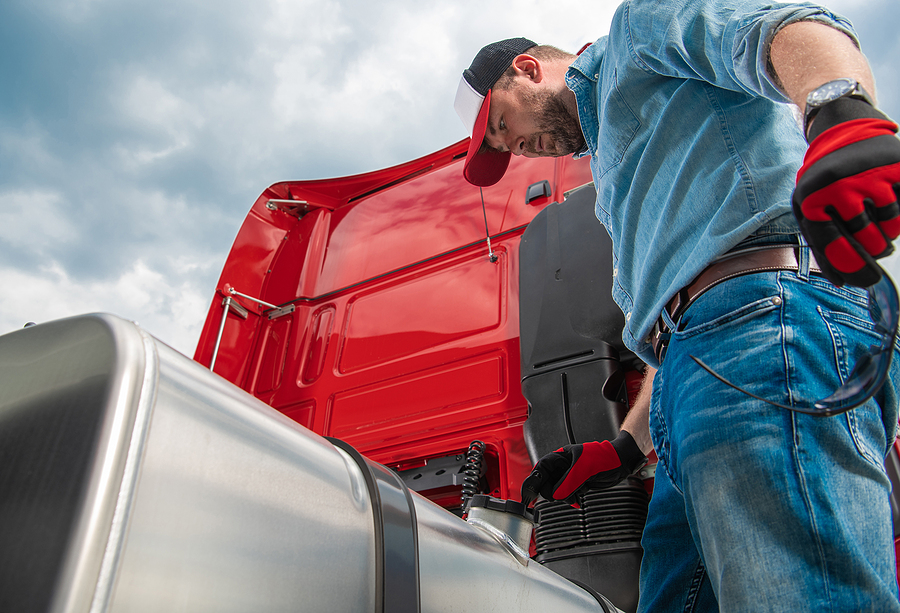The Different Types Of Heating Oil Tanks

Whilst this is beginning to change, what a household will use to heat their home largely depends on whether they are connected to the national gas grid.
If they are, they are likely to use a natural gas heater, fireplace and/or central heating system, but the million households in the UK who are not connected have oil tank installations instead.
Heating oils such as kerosene are stored in a tank that meets important legal standards to protect the homeowner, avoid leaks and avoid potential theft.
Because
of this, and the importance of safety in storing a flammable material, many
different oil tanks are available, but they often take one of three forms.
Single Skinned
Subject to the most legal scrutiny, a single skinned tank has a single protective outer layer, which is surrounded by a bund to catch any leaks before they occur.
Because
they offer less innate protection in the case of a leak, they are subject to
the most scrutiny in
Approved Document J of the Building Regulations; they must be less than
2,500 litres and must be subject to a pollution risk assessment, which may
require a specified bund to be installed around it.
Double Skinned
A
double skinned tank has two layers to help prevent leaks and integrity issues.
This means that it may not necessarily need a bund surrounding it. However, in
most cases, it is the best option for protection.
Integrally Bunded
The safest option, an integrally bunded tank has a tank sitting within a second tank, which can hold 110 per cent of the tank’s contents and is designed to catch any leaks and stop any oil from leaking outside of the tank itself.



